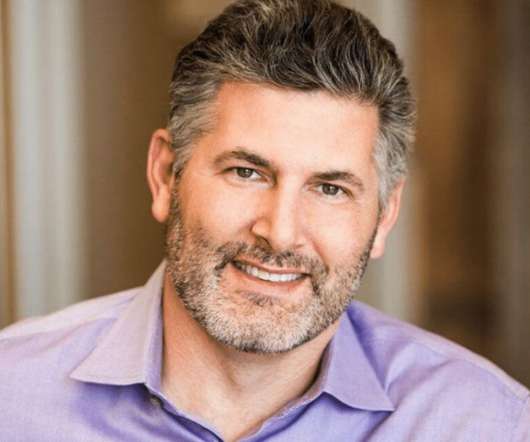Congrats to Backupify! A Great Exit Story for the First Company I Ever Backed
This is going to be BIG.
DECEMBER 11, 2014
I''m super proud of Rob, Ben and the whole Backupify team--and this is particularly special for me because Backupify was the first investment I ever made as a VC, and the first board I ever sat on. I started reading a great blog called Business Pundit in 2004. I didn''t actually get to meet him in person until SXSW in 2007.





































Let's personalize your content